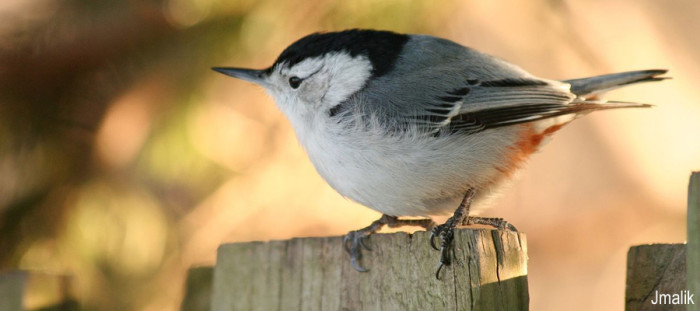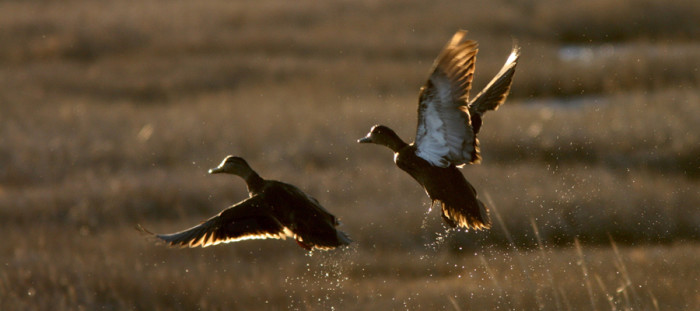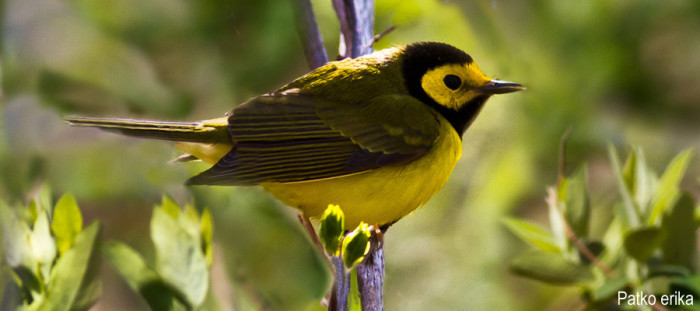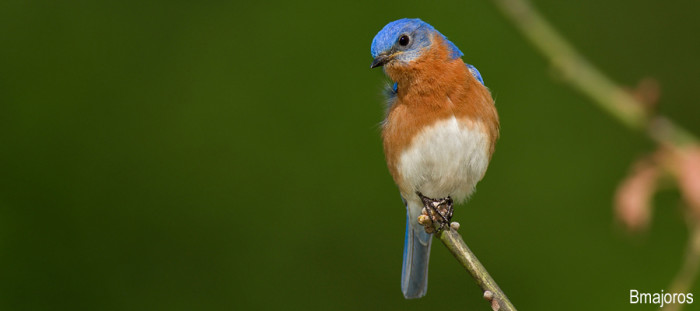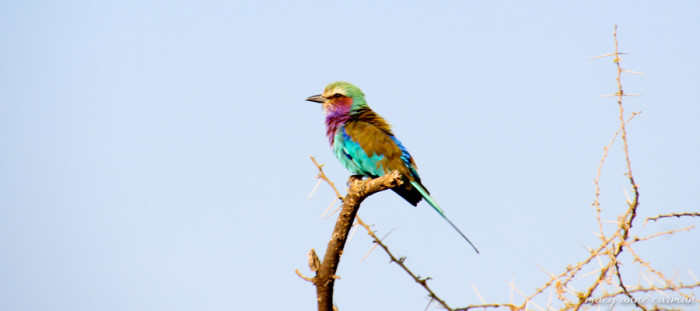Recently, the World Series of Birding was held in New Jersey and 76 teams traveled around the state for 24 hours to try to identify as many different species of birds as possible by sight or sound. It garnered extra attention this year because of the ever present debate about technology.
As a long pursued hobby and research endeavor, birding has not been immune to the challenging questions that the increase and spread of technology has spurred in a variety of activities and the competitive nature requires some consensus on fair play. The traditional birders favor a style dependent on study and careful observation using no technology. In contrast, much of the younger generation depends on high quality cameras and iPhone apps with field guides and bird song recordings to assist them with their identification process.
Competitive birding has long been proud of it honor system but with the advent of technology allowing birders to prove their sightings there has been some debate about whether or not to include it. Some worry that this systems promotes the “shoot first, identify later,” mindset and will contribute to a loss in the art of bird identification. Proponents of the technology suggest that these advances contribute to the education of birders and make it more welcoming for new birders, which have increased in part because of birding’s role in two blockbuster movies, “The Big Year,” and “A Birder’s Guide To Everything.” This increased popularity, combined with improved accessibility to new birders, has the potential to boost support for conservation- the cornerstone of birding and the World Series in particular.
People and teams participate in the 24 hour birding marathon for bragging rights, the Urner-Stone Cup, and the knowledge that they have contributed to conserving the species and their New Jersey habitat. All of the money raised by the teams in the form of private and corporate pledges per species seen, usually about $600,000, goes towards the New Jersey Audubon Society for conservation work. There are different categories of competition divided by experience level and spatial area covered in the 24 hours. Some teams chose the “big stay,” where they can only count species they see from a given location of just a few square yards. While the state parks and refuges are common stopping points for teams along the way, birds on private property are also theirs for the counting and make up a considerable portion of habitat for birds within the state.
For now, the World Series competition relies on the honor system, no photo evidence required but some questioning by other teams is expected for rare sighting. Teams cannot use bird calls to attract birds or play them in the field to help identification. They are only allowed to use these digital tools in their vehicles as a resource to refresh their memory. It will certainly be interesting to see how birding grapples with the advent and incorporation of technology in the years to come.
If you are interested in improving your own property’s bird habitat please contact us for more information at rmckee@fieldsport.com.

